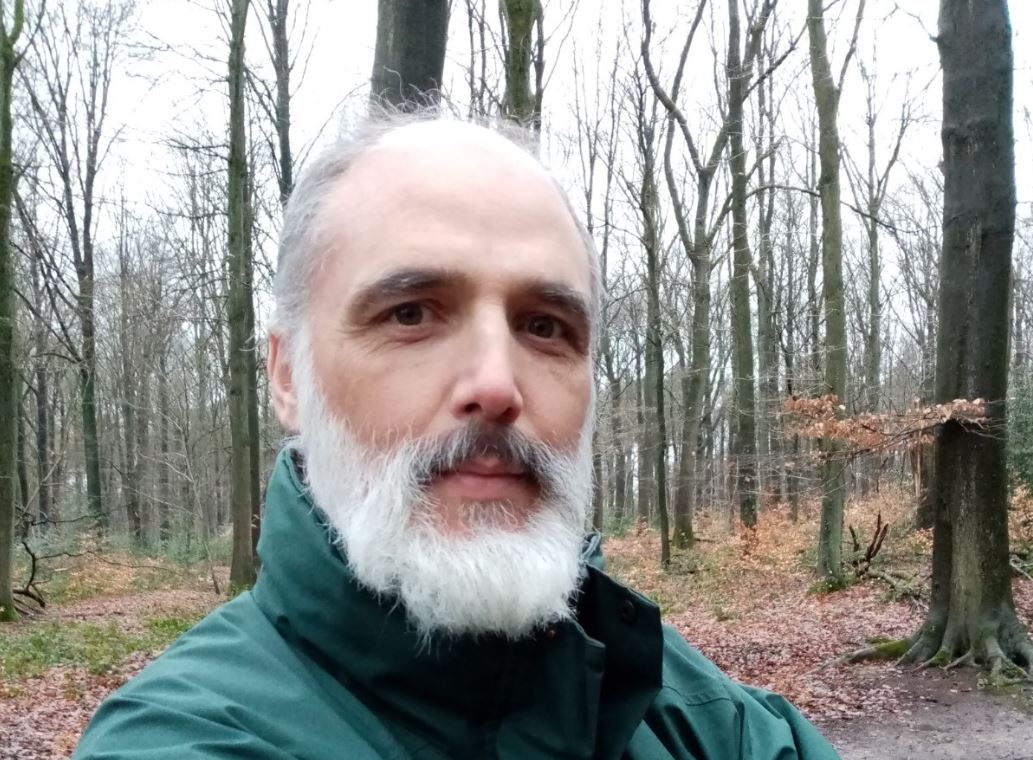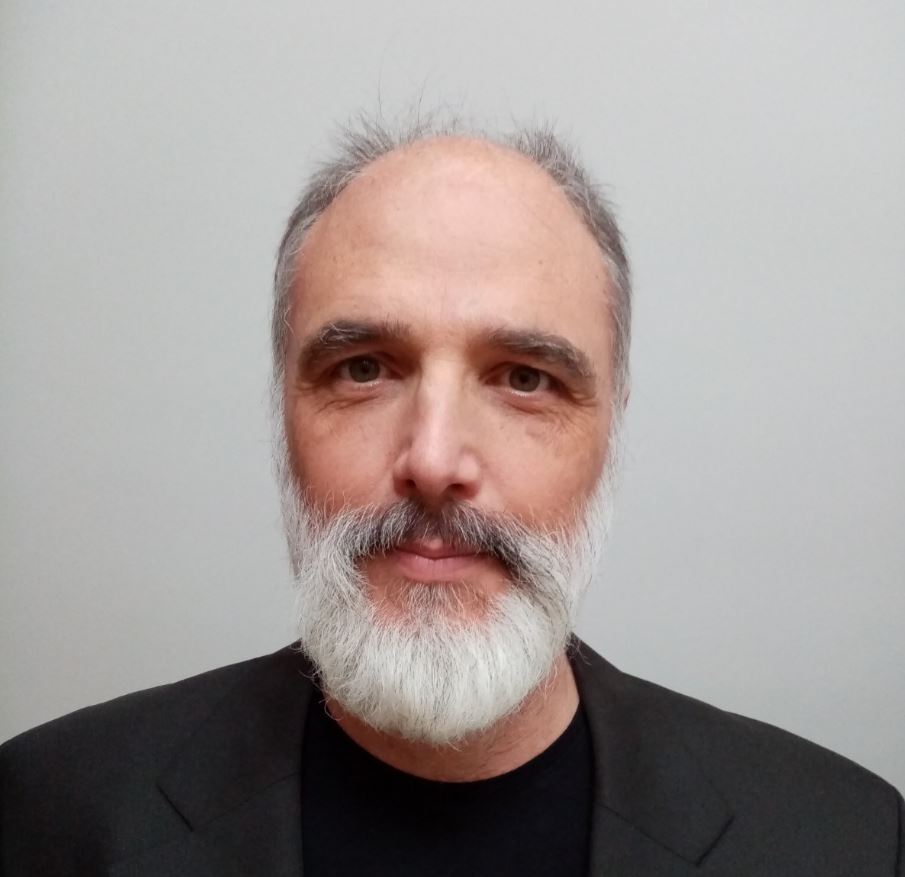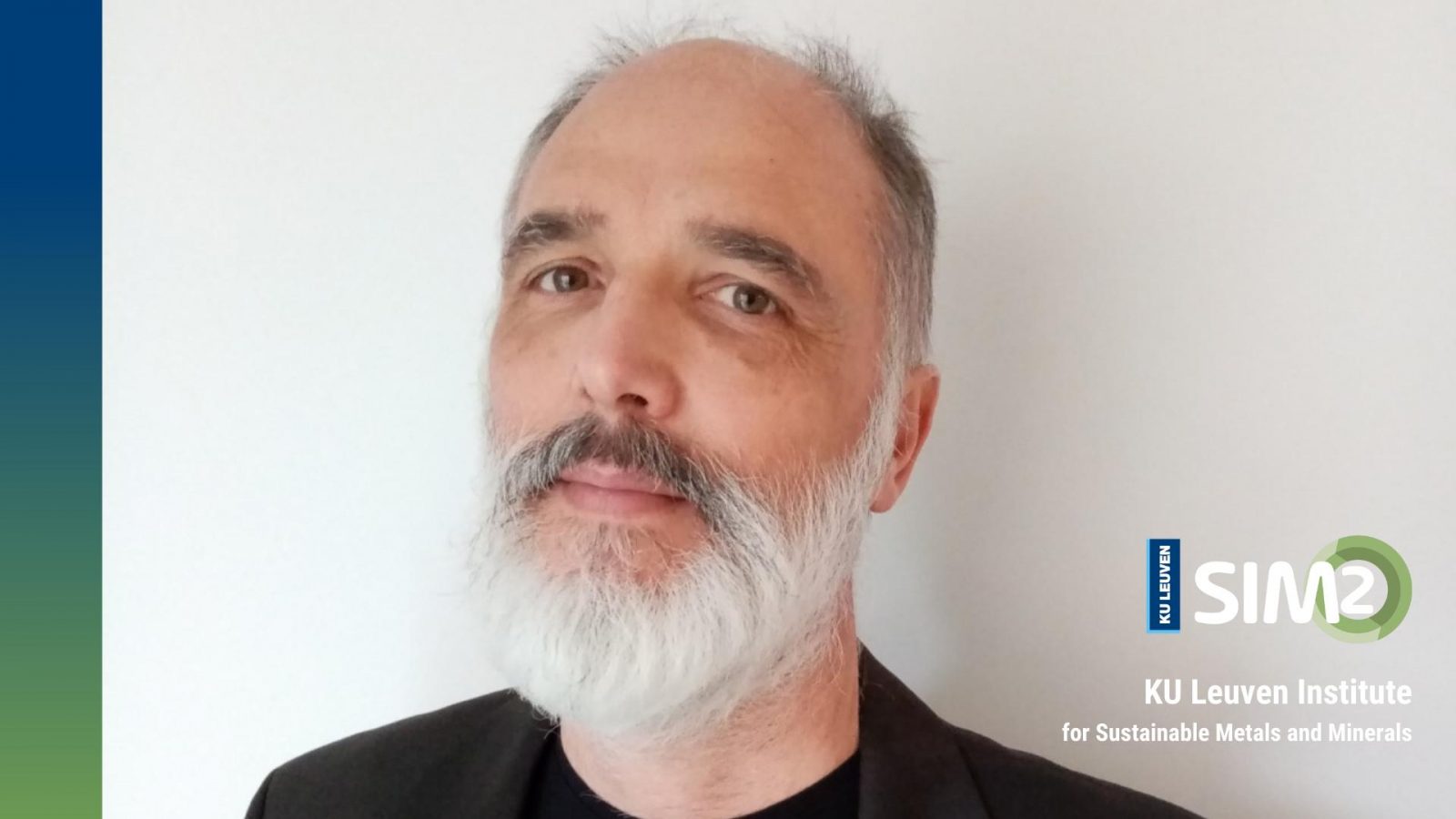With a rich background in high-temperature metallurgical processing, Bart is KU Leuven Professor working at the Department of Materials Engineering (MTM), where he leads the HiTemp Research Group. He is one of the founding fathers of SIM² KU Leuven. During the last years as well as during his sabbatical he has spent considerable energy in helping to set up “Flanders Metals Valley”. In the present, very open hearted SIM² interview you get to know more about his research activities, his view on Flanders Metals Valley and his philosophical stance with respect to a more sustainable society and the role of sustainable metallurgy therein.
During the past years the European Commission has expressed its ambition to make the EU climate neutral by 2050. As we all know, the metallurgical industry, and in particular the steel industry, is highly energy- and CO2-intensive. Do you believe it is feasible to transition to zero-carbon steelmaking by 2050?
Indeed. Iron and steel production has a huge impact on our CO2 emissions. For every tonne of steel produced today via the classical integrated route some 2 tonnes of CO2 are being emitted. As we now produce close to 2 billion tonnes of steel per year, you can see that the impact is tremendous on the current annual global emissions of around 35 billion tonnes of CO2. We can consider this as an enormous problem or as a burning opportunity to act.
If you would have asked me if the industry could be carbon-neutral by 2050 a couple of years ago, I would have been rather pessimistic. Some time back, there was a very ambitious project with the name of ULCOS, but the initial enthusiasm had dwindled. But in the last years we have had some more positive news. Many steel companies as well as iron ore producers are coming out with ambitious plans to drastically reduce CO2 emissions.
It is clear that Europe is leading the way here and within Europe it seems that the Nordic countries want to really push forward hard.
See for instance the Hybrit process where hydrogen will be used to reduce iron ore in a shaft furnace and green electricity will be used to melt the reduced ore to make steel, or the declaration by LKAB.
It is also clear that if we want to reach carbon-neutral steel production by 2050, this will have to be a sustained effort, which needs a long-term vision in the steel production companies and their industrial partners. It goes without saying that this needs to be accompanied by full support of the local governments and the EU.
How is the research in your HiTemp Group aligned with these developments?

Our strength is also that we have a Centre for High Temperature Processing in which we collaborate closely with some of the strong metallurgical companies of the region. This centre now exists for almost 20 years and was first coordinated by Peter Tom Jones and now by Annelies Malfliet. Through the Centre we feel the pulse of the industry. So we will continue to contribute in this unprecedented era of metallurgical transformation.
This is actually not a matter of choice, I feel that we are called to do this. By our children and grand-children and by the animals, trees, rivers and mountains. As they are calling us to make personal choices that are more sustainable.
We have started working on hydrogen as a reduction agent both for iron reduction and in the non-ferrous industry, in cooperation with my younger colleague Prof. Yiannis Pontikes. We are also looking into high-temperature electrolysis with Prof. Jan Fransaer, although this seems less likely to be the process of choice in the short and medium term in my opinion.
As the processes will be developed in the next years and decades, our group is ready to support these efforts in the metallurgical industry by developing and performing research projects and by helping to educate the materials and metallurgical engineers of the future.
In the same context, the new Circular Economy Action Plan of the European Commission wants to help modernise the European economy. With respect to the metallurgical industry this implies to move towards zero-waste flowsheets and to recycle metal-containing End-of-Life streams, such as batteries and electric motors? What are the key challenges here and how do you want to contribute to them?
Zero-waste metallurgical recycling has been a main storyline in our group and SIM2 for a long time now. It remains extremely important to us and to the metallurgical community. Next to the CO2 issue, we believe this to be equally crucial for metallurgy to become more sustainable.
The other components of sustainable metallurgy to me are the engagement of society and the willingness of young people to start a career in this industry.
There are challenges on many levels. I list a few here. How can we make good use of the slags, sludges and residues that are generated in metallurgy, while recovering the valuable metals? What metallurgical processes can we develop and how can we adapt or select them to optimise the recycling rate of materials when the chemistry and design of End-of-Life products changes so rapidly? How can we make metallurgical processes more robust and safe? What monitoring and sensing systems, data systems and data analysis are needed to make this happen? How do we make recycling systems more competitive with primary metals production? How can we maintain the quality of metals, even after numerous recycling iterations?
We want to help solve these challenges by engaging with fellow researchers in academia and engineers in industry to formulate relevant research projects where we can use our expertise in high-temperature experimentation and in process modelling. It is absolutely crucial that we engage ourselves in endeavours that will lead to positive change.
What is your advice to EU Policymakers to speed up the transition in the metallurgical sector?
Keep challenging the industry to do better and support them in doing so by funding research and investments, and make sure to have a level playing field.
In Flanders, there is a very active metallurgical sector. You have been one of the proponents to put this “Flanders Metals Valley” even more firmly on the map. Do you want to share some of the plans here or is this still too early?
We have been talking about Flanders Metals Valley (FMV) informally for about a decade now. The concentration of world-leading and innovative metallurgy-related companies and research centres in Flanders and its neighbouring regions in Wallonia, Luxemburg, Germany and the Netherlands is very unique. The world is looking at us. We would love to take this to the next level, so that FMV becomes much better known to youngsters and professionals alike. In the near future you will be hearing more about this…
With this action we would also like to boost the education and research efforts in the field, because we are convinced that this industry is important for the region and the circular economy of today and tomorrow.
On a more personal level, you are currently having a Sabbatical? What are your targets during this time period?
I have deferred giving this interview long enough, so that I am now towards the end of my sabbatical. My colleagues have taken over my teaching and some of my other duties for the past semester and I have used this time to talk with colleagues in industry to better understand their challenges. This will impact my teaching and my research. It may also help me as a group coordinator. I have also spent a bit more time getting involved in research project development. In any case I have enjoyed this opportunity to step out of the usual mould for a short time tremendously. I was able to look at my position from some distance and that is very refreshing. I certainly recommend the experience.
What attracts you in your research?
To work together with people to find ways to improve a process or to develop a new one is very exciting. I like the interaction, the challenge, the discovery of new insights, to be able to understand how something works, on the path to the ultimate goal of understanding everything. I also very much enjoy to see young people develop their talents. That may be the most amazing single thing, actually.
Which paper of yours are you particularly pleased with?
This is too much of a trick question to me. In many ways. I am very proud of the work our group has done and is doing in the areas of refractory materials and freeze lining, slag engineering, process simulation and metal quality. So I will answer: our next one.
If you had a time machine, what point in the past or future would you visit and why?
For my travel into the future 2100 would be a good date. I have hopes to see 2050 in this life, as I am following the advice of Dr. Michael Greger who has written a book titled ‘How not to die’. Even with that advice, I probably will not make it to 2100 and I would just like to see how well our planet and human kind had succeeded in finding a harmonious co-existence and have a walk and chat with my grandkids.
For my travel in the past I would want to go back some thousands of years to have a better understanding of human interaction, activities and connection with nature in the days of the hunter-gatherers.
If you had plenty of time, what would you do?
I have some vague plans of having months-long hikes, bike rides and stays at a buddhist monastery, in an ashram or in a cabin in the wilderness.
What is the strangest talent you have?
I am not sure if this is a talent or an infliction. I seem to resemble famous persons. I have been pointed out to look like Tom Cruise when I was in my twenties, a star Australian rules football player when I was in my thirties, George Clooney when I was in my forties and some five years ago, after losing most of my hair and growing a beard to compensate for the loss, Sean Connery. To my Chinese colleagues, it seems I look like the Rock, and very recently, in a beard growing experiment, Santaclaus, in the European ánd American versions. So if you are looking for a famous-person-look-alike, give me a call. (Please do not!).
Thank you for this refreshing interview. I am convinced that many of your former students, who hold key positions in metallurgical companies in Belgium and beyond, will have a smile on their face by now. Making people happy has always been one your key strengths. Thank you for that! I wish you all the best in your, and of course also “our”, research endeavours.
[Interview: Peter Tom Jones; Credits photo: art-willems]
Biography Prof. Bart Blanpain

Bart Blanpain has developed long-term working relationships with a number of industrial companies. For this he has co-founded (together with Patrick Wollants) and developed (in cooperation with Peter Tom Jones, Annelies Malfliet and Muxing Guo) the Center for High Temperature Processes and Sustainable Materials Management, a strategic collaboration with major local industrial companies in the metallurgical arena, has supported Karel Van Acker in the development of the winning bid for the EIT KIC on sustainable resources and has introduced together with Jef Roos and the SIM2 steering committee the KU Leuven as the international site for the NSF Center of Resource Recovery and Recycling. He is also the initiator and chairman of the board of KU Leuven start-up InsPyro. Many of the graduates of his research group hold key positions in the companies that constitute Flanders Metals Valley. He is currently also active in the reinvigoration of the KU Leuven Materials Research Center in support of IOF Manager Marion Bechtold. He has started and developed the Journal of Sustainable Metallurgy in close cooperation with Yiannis Pontikes and with support of Koen Binnemans and Peter Tom Jones.
Publication list Prof. Bart Blanpain
Author or co-author of 351 publications in international journals on thin film reactions, surface engineering, materials characterisation, high temperature metallurgical processing and microstructural modelling with 8211 citations (7537 without self citations) and an h-index of 41 (Web of Science, 25 November 2020) The full list of his publications can be found on http://lirias.kuleuven.be/cv?Username=U0008023.

Want to know more about SIM²?
SIM² KU Leuven is the KU Leuven Institute for Sustainable Metals and Minerals (SIM² in short). SIM² is one of the six official KU Leuven Institutes that were endorsed by the KU Leuven Academic Council. SIM² has more than 240 members, coming from a wide range of (interdisciplinary) research groups and departments at KU Leuven. SIM²’s missions is “to develop, organise & implement problem-driven, science-deep research & future-oriented education, contributing to the environmentally friendly production & recycling of metals, minerals & engineered materials, supporting (…) a climate-friendly, circular-economy”. Read more about the new KU Leuven Institute here.
- Read more in this featured article in Geniaal.
- Follow SIM² on LinkedIn: https://www.linkedin.com/company/18118889
- Interviews with other SIM² colleagues: https://kuleuven.sim2.be/meet-our-colleagues/






